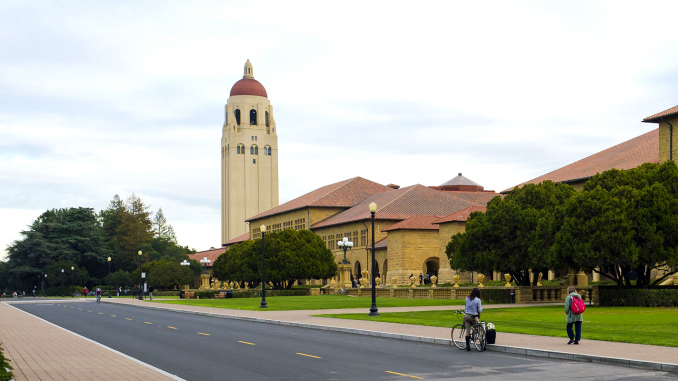
BY SARA TABIN
Daily Post Staff Writer
Tentative dates have been set for hearings on Stanford’s proposed 3.5 million square foot expansion plan before the Santa Clara County Board of Supervisors.
The university’s 2018 General Use Permit or GUP would govern Stanford’s growth through 2035. The proposal was moved forward by the county planning commission in June but needs final approval from the five-member Board of Supervisors. Stanford sent out an email Sept. 5 with upcoming hearing dates and asked supporters of the plan to email the Supervisors or attend hearings.
Supervisor Joe Simitian, who represents northern Santa Clara County, confirmed that the first significant date is planned for Sept. 24, when a workshop will be held. Public input will be considered but no formal decisions will be made. That meeting will be held at the County Government Center in San Jose. A second workshop will likely be held in San Jose on Oct. 8. A hearing is planned for 6 p.m. in Palo Alto on Oct. 22 and a second hearing is planned for Nov. 5 in San Jose.
Simitian said all of the dates are tentative and subject to change.
Evening hearing in Palo Alto
The county decided to hold one of the hearings in the evening in Palo Alto to ensure that those most closely impacted by the GUP would have the chance to be heard.
“It’s not terribly convenient for members of the community near the Stanford area to make their way to San Jose during the workday,” Simitian said.
The workshops and hearings span multiple days across several months because the GUP application is thousands of pages, Simitian said. The Stanford GUP is the longest application ever received by the county, Simitian said. The supervisors must also review the project’s environmental impact report.
As the representative for the Stanford area, Simitian said he is familiar with the documents, as is his colleague Cindy Chavez, who were negotiating with Stanford on a development agreement.
However, the development agreement talks fell apart in April after the Palo Alto school district officials agreed to a offer from Stanford that was contingent on the county’s approval of the development agreement. If the offer had been accepted by the school board, it would have put the county supervisors in the position of being forced to approve the development agreement or killing Stanford’s offer to the schools. Following public criticism of the district’s actions, the board declined to approve the offer.
The other three supervisors will need time to make their way through the documents, which is a complex and substantial undertaking, Simitian said.
Cities ask for funds
Nearby cities are weighing in on the GUP and asking the county to make Stanford invest in their communities.
Mountain View’s City Council has sent a letter to the Supervisors saying they support new housing on the Stanford campus and want Stanford to make a $562,500 contribution to help separate the train tracks from Castro Street.
In June, Palo Alto City Manager Ed Shikada sent a letter to the Santa Clara County Planning Commission asking that Stanford pay $250 million for transportation improvements, including a portion of the city’s projects to separate train tracks from the roads.



